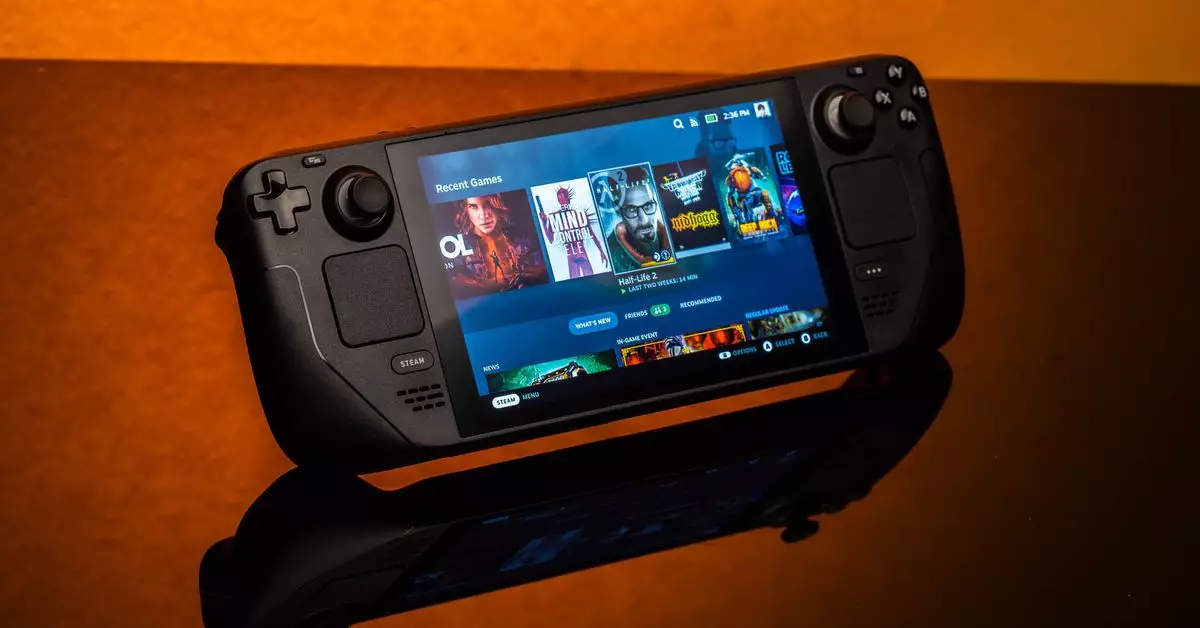After much anticipation, Australian gamers can finally rejoice as Valve’s Steam Deck is officially set to hit the market in their home country. This launch comes two and a half years after the handheld gaming PC first revolutionized mobile gaming in other regions. The Steam Deck is significant not just for its capabilities but also for the accessibility it brings to Australian consumers who have been eagerly waiting for its arrival.
The Steam Deck will be released in November, featuring three primary configurations that align with models sold internationally: the 256GB original LCD model, alongside more advanced 512GB and 1TB versions equipped with OLED displays. The prices are set at AUD $649, $899, and $1,049, respectively. While the price tag on the OLED model is notably higher, it offers substantial upgrades in performance and user experience, making it a compelling option for dedicated gamers.
Unlike traditional gaming consoles, the Steam Deck blurs the lines between a handheld gaming device and a full-fledged PC. It runs on a customized version of SteamOS, allowing users to play an extensive library of PC games. This flexibility enhances the device’s desirability, especially for those who value both portability and performance.
Critically, the OLED model, despite arriving a year post-launch, incorporates crucial advancements that elevate the gaming experience—such as improved battery life and a vibrant screen display. Such features can enhance gameplay dynamics, making the device more enjoyable for extended periods. The upgrade is vital as users increasingly demand devices that can keep up with modern gaming requirements.
Competition and Future Prospects
While the initial reception of the Steam Deck may dominate conversations, it’s essential to consider the competitive landscape of handheld devices. The Asus ROG Ally X, for instance, has garnered attention for its superior performance in certain gaming scenarios. It’s essential for Valve to remain vigilant as other companies innovate and adapt with potential improvements to their hardware and software offerings.
There are whispers of Valve possibly licensing its SteamOS to competing handheld devices, including the Asus ROG Ally X. Should this materialize, it would not only broaden the reach of SteamOS but further enhance the competitive dynamics of the portable gaming market. Valve’s ability to adapt and evolve within this changing landscape will be critical in maintaining its stronghold.
For those attending PAX Australia in Melbourne, the opportunity to interact with the Steam Deck at Valve’s designated booth is invaluable. Experiencing the device firsthand enables prospective buyers to gauge its performance and capabilities, providing insight into whether the Steam Deck meets their expectations.
The official arrival of the Steam Deck in Australia marks an essential chapter in the evolution of portable gaming. As the gaming landscape continues to evolve, Valve’s commitment to innovation and user experience will determine how successfully it can capture the hearts of Australian gamers.


Leave a Reply